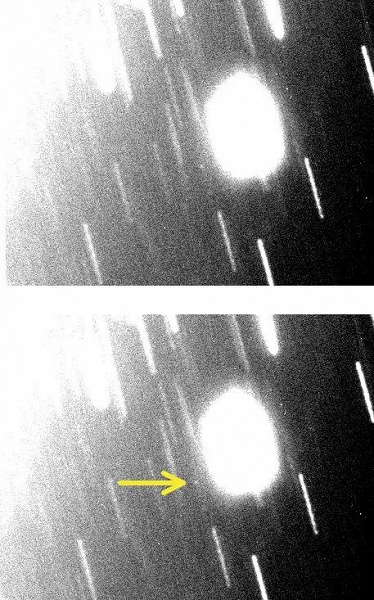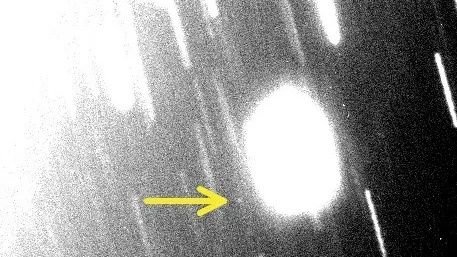Using ground-based telescopes, astronomers have found two miniature moons around giant planets
Astronomers have discovered two tiny moons around the planet Neptune and another in the orbit of Uranus. Now the total number of satellites of Neptune is 16, and Uranus — 28. Three new moons were announced on February 23 by the International Astronomical Union's Minor Planet Center, the scientific body responsible for naming planets, comets and moons in the solar system.
A new moon around Uranus is the first moon to be discovered in more than two decades. Its dimensions — only 8 kilometers in diameter, and a complete revolution of Uranus takes 680 days. In size, this new moon is smaller than Mars' satellite Deimos, which is considered one of the smallest in the solar system and has a diameter of 13 kilometers. According to a statement from the Carnegie Institution for Science, this moon is currently called S/2023 U1 until it is named after the Shakespearean character.
Neptune's new moon, designated S/2002 N5, is larger — 23 kilometers in diameter, it is in a 9-year orbit around the planet. The second discovered moon, named S/2021 N1, has a diameter of 14 kilometers and takes 27 years to complete its orbit around Neptune. Both satellites of Neptune will soon receive names in honor of the sea gods and nymphs of Greek mythology.
The discovery of all the new satellites was made using observatories in Hawaii and Chile by Scott Sheppard, a research fellow at Carnegie Science, in collaboration with Marina Brozovic and Bob Jacobson of NASA's Jet Propulsion Laboratory (JPL), David Tolen of Hawaii University, Chad Trujillo from Northern University, University of Arizona and Patrick Sophia Likava from Kindai University.
New moons — «the faintest detected around these giant planets using ground-based telescopes. To detect such faint objects, special image processing was required», — said Sheppard in addition to the news.
The first of the new moons of Uranus was discovered last November using the Magellan Telescope in the Chilean Andes. Additional observations subsequently, combined with predictions by JPL scientists, confirmed the discovery.

Neptune's moons were first spotted in September 2021. After the orbit of the brighter satellite S/2002 N5 was confirmed, this satellite was traced to an object seen orbiting Neptune in 2003, at which time the object was lost until its orbit around the planet was finally confirmed. The fainter satellite S/2021 N1 was discovered using the European Extremely Large Telescope. in Chile and «Gemini» in Hawaii. Using these telescopes, Sheppard and his colleagues took a series of five-minute exposures over three to four hour periods. These frames were later «layered», so that the satellites became clearer and more distinguishable.
All three new moons have orbits with a large inclination angle relative to the plane of their parent planets. This indicates that they were not formed near the planets, but were captured by their gravitational influence.

